Fairy Tales from a Seaside Shop
Let’s rewind to 1975, in the port city of A Coruña, Northern Spain. While the world still operated on the slow rhythms of fashion , a man named Amancio Ortega and his wife Rosalía Mera hatched a revolutionary idea.
With just $299 in initial capital, they opened a small store. They initially wanted to name it “Zorba,” after the classic movie, but a nearby bar had already taken it. Undeterred, they rearranged the letters and the name “Zara” was born by accident.
The boutique didn’t sell luxury. It sold a dream: affordable versions of clothes that mimicked the runway looks and celebrity styles. Ortega recognized a burning desire among the masses: everyone wanted to dress well, to keep up with trends, but not everyone could afford high fashion.
But an idea will remain just a good idea without some "magic" to execute it. Ortega's magic is "fast fashion". He broke all the rules of the industry. Instead of a 6-month cycle for a collection, Zara can turn a design idea into a product hanging on the shelves in just 3 weeks.
To do so, Inditex, the parent company founded in 1985, has built a lightning-fast supply chain system. Nearly half of its goods are produced “close to home” in Spain, Portugal, Türkiye and Morocco, rather than relying entirely on Asia.
Designers are not lone stars, but a huge team, constantly “decoding” customer tastes from sales data, from what they see on the street. Goods are shipped through giant distribution centers in Spain, and stores are restocked twice a week.
For customers, this creates a sense of urgency and constant freshness. If you see a dress you like at Zara, you should buy it right away, because next week it might not be available anymore. The magic has worked perfectly. From Spain, Zara has expanded to Portugal, then New York, Paris, Mexico...
In no time, Zara has gone from a family-owned store to the flagship brand of Inditex, the world's largest fashion conglomerate. This has also turned Amancio Ortega into one of the richest men in the world , a tycoon who owns not only clothes but also expensive real estate that Apple and Amazon rent.
Amancio founded Zara from a small store in Spain with an initial capital of only 2,600 rupees (equivalent to 299 USD at that time) (Photo: Big Brands).
Midlife crisis
Half a century later, Zara’s 50th birthday party seems less festive than it might seem. The empire still stands tall, with more than 5,500 stores and tens of billions of euros in revenue. But recent figures tell a different story, one of maturity and middle-age headaches.
Sales growth, once a source of pride for Inditex, has slowed dramatically, to just 1.5% in the first quarter of this year. The group's market capitalization has "evaporated" nearly 40 billion euros since December last year. The "magic" seems to be showing signs of fading.
The problem is not just inside Zara. The world has changed. Consumer confidence is shaken by trade wars and geopolitical conflicts. More importantly, a longer-term trend is reshaping spending habits: people, especially younger generations, are spending more money on experiences—a trip, a nice meal, a concert—rather than buying more clothes.
"Inditex is entering middle age, but to say they are past their prime is completely wrong," said Richard Hyman, a veteran retail consultant. "They are maturing quite well. But at 50, it will be much harder to maintain the high growth rates they have experienced."
The fashion market as a whole is also becoming less innovative. As demand weakens, companies tend to be more conservative, less willing to try new things to protect sales. “Is Inditex as innovative as it was five years ago? Probably not,” says Hyman.
Response from the Throne
Faced with that reality, the people at the helm of the Inditex ship, CEO Óscar García Maceiras and Chairwoman Marta Ortega (daughter of the founder), are trying to write a new chapter in the story.
In an interview with the Financial Times, CEO Maceiras, who was born in the same year as the first Zara store, remained confident. His strategy is not a massive conquest, but a “selective” consolidation of power.
Instead of opening thousands of new stores, Inditex is doing the opposite: closing small, outdated stores and replacing them with larger, more spacious "flagships" in prime locations.
These new stores, with sleek interiors, art galleries and even cafes inside, generate much higher revenue per square foot. It's a way to upgrade the brand's image and attract customers back to the physical space.
Inditex is also looking for growth from its other “children.” Brands like Bershka, Pull&Bear, and Stradivarius, which are already well-known in Europe, are now starting to break into larger markets like India.
Oysho, which has successfully branched out from lingerie into sportswear and loungewear, has just entered the UK market. Maceiras believes these are “unoccupied territories” with great potential.
However, this strategy also makes many people skeptical. Analyst Simon Irwin asked frankly: “Everyone knows what Zara is. But what about Bershka, Stradivarius or Pull&Bear, are these brands really different or just ‘old wine in new bottles’?”
He warns that upgrading stores is a good move, but “you can’t do it forever.” Once sales density reaches a certain point, Inditex will face a choice: either push online or go back to opening more stores.
The CEO of parent company Inditex believes Zara still has a lot of room for growth, despite slowing sales (Photo: Flickr).
The battle with one's own shadow
Zara at 50 is not on the brink of collapse. It is like an emperor still in power but has realized his kingdom cannot expand forever. The “fast fashion” cloak that once helped him conquer the world now seems a little worn and cramped in a world that is increasingly about sustainability, about “buy less, use better”.
Zara’s crisis is not an acute financial crisis, but a crisis of identity and growth momentum. The old magic got them to the top, but to maintain that position and continue to grow for the next 50 years, they need a new magic.
Inditex is not yet in a serious mid-life crisis, but to avoid stagnation, a new push is indispensable. Zara's biggest battle now is probably not with Shein or H&M, but with its own giant shadow, with the heritage that made its name, and with the cruel law of time.
The search for that spark will determine whether Zara can be reborn brilliantly in the next half-century, or will remain just a beautiful monument of the past.
Source: https://dantri.com.vn/kinh-doanh/zara-tuoi-50-de-che-thoi-trang-nhanh-truoc-nga-re-song-con-20250627220721868.htm


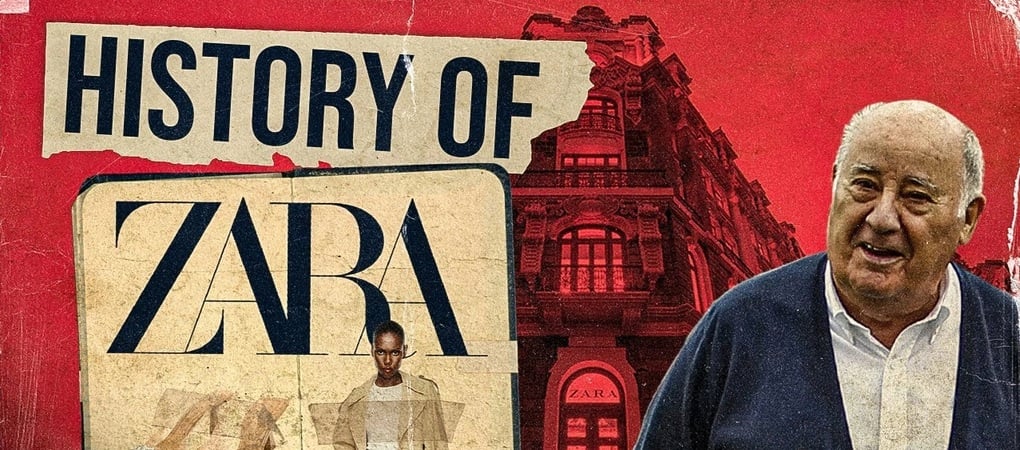
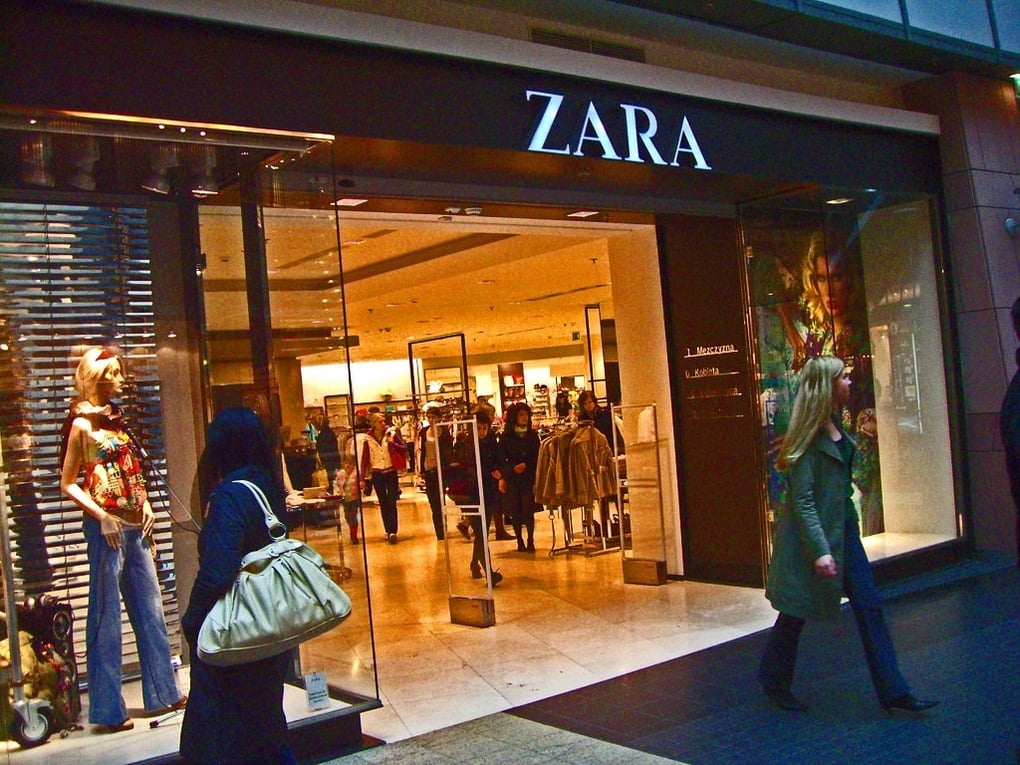
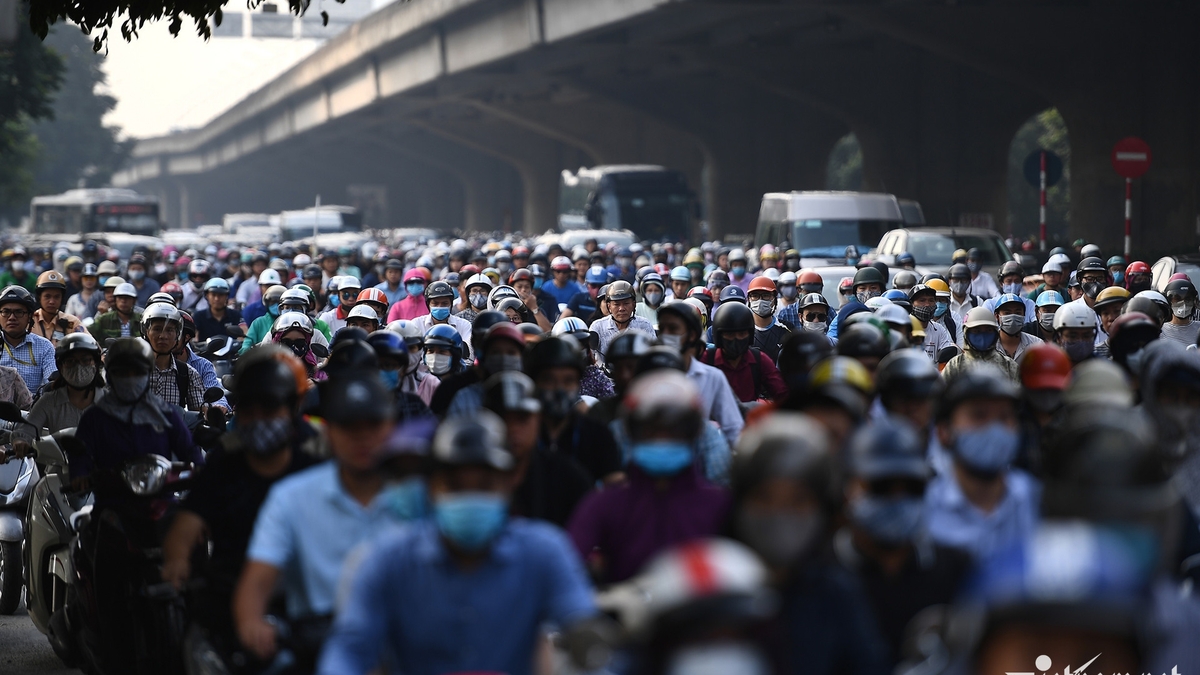



![[Photo] Prime Minister Pham Minh Chinh attends a conference to review one year of deploying forces to participate in protecting security and order at the grassroots level.](https://vphoto.vietnam.vn/thumb/1200x675/vietnam/resource/IMAGE/2025/11/12/1762957553775_dsc-2379-jpg.webp)
![[Photo] Highways passing through Dong Nai](https://vphoto.vietnam.vn/thumb/1200x675/vietnam/resource/IMAGE/2025/11/12/1762940149627_ndo_br_1-resize-5756-jpg.webp)
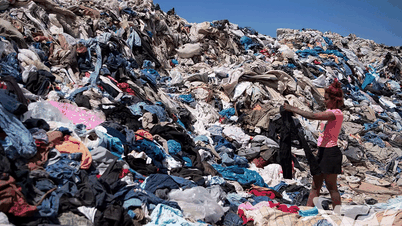

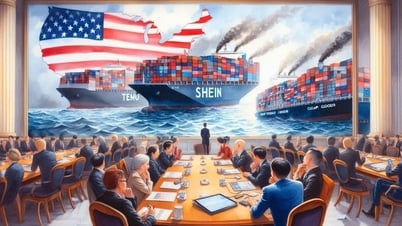
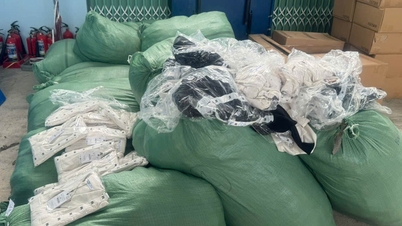

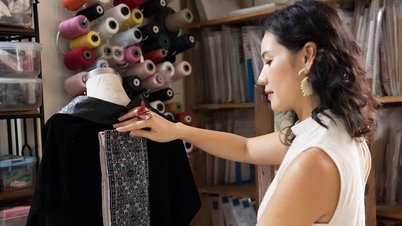

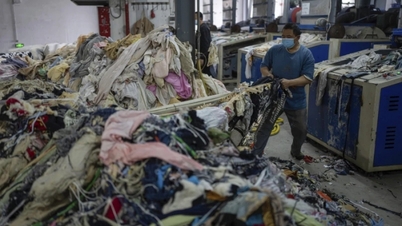





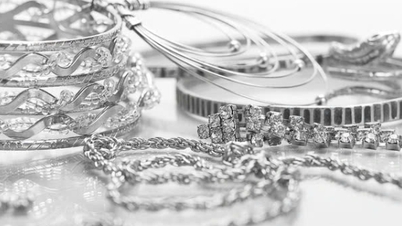
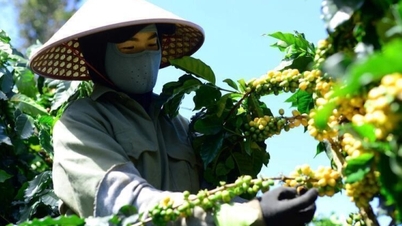



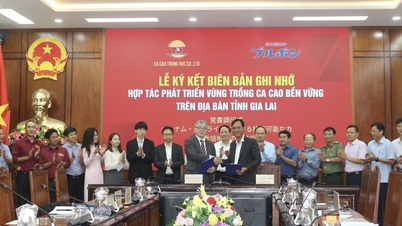


















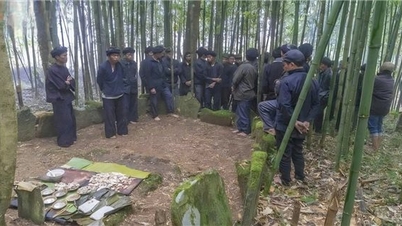


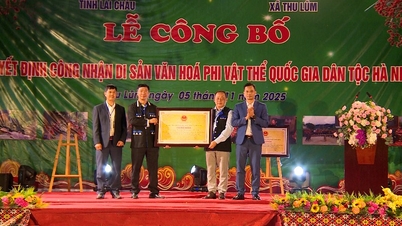



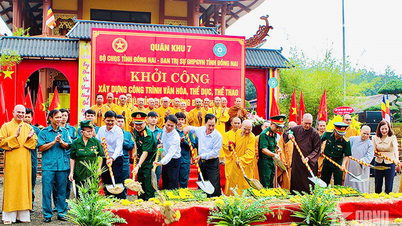


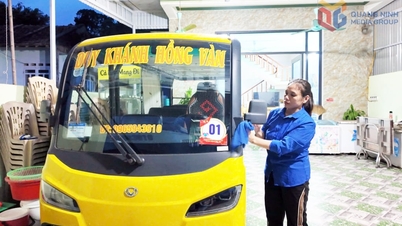


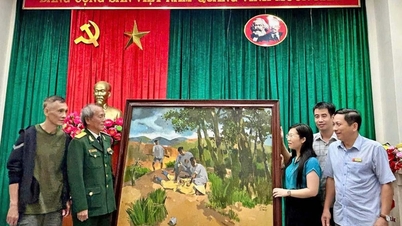




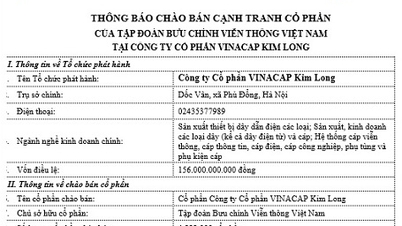


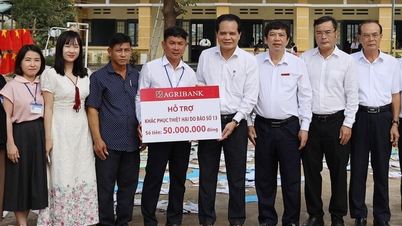










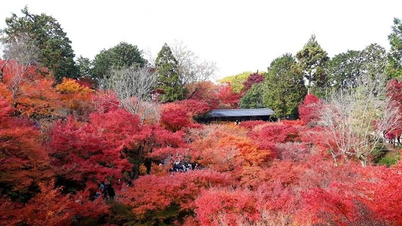







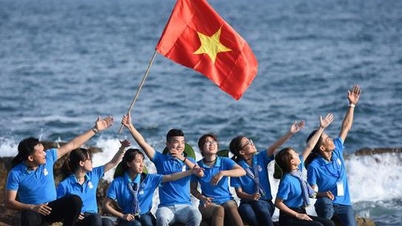




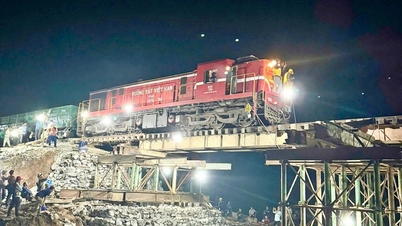
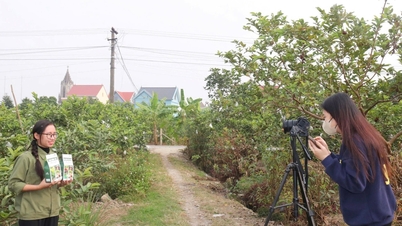

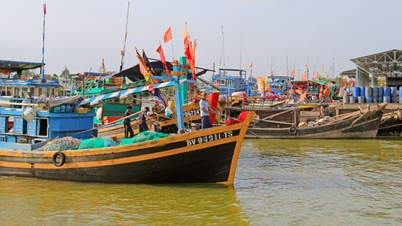





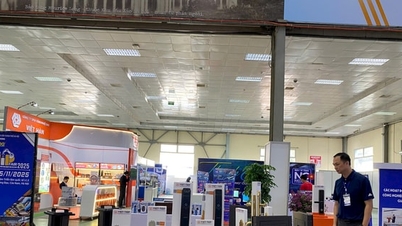


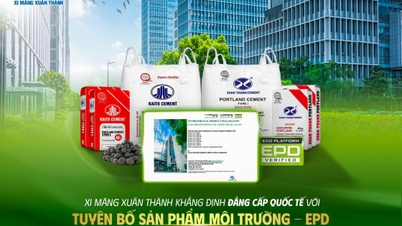


![Dong Nai OCOP transition: [Article 3] Linking tourism with OCOP product consumption](https://vphoto.vietnam.vn/thumb/402x226/vietnam/resource/IMAGE/2025/11/10/1762739199309_1324-2740-7_n-162543_981.jpeg)







Comment (0)